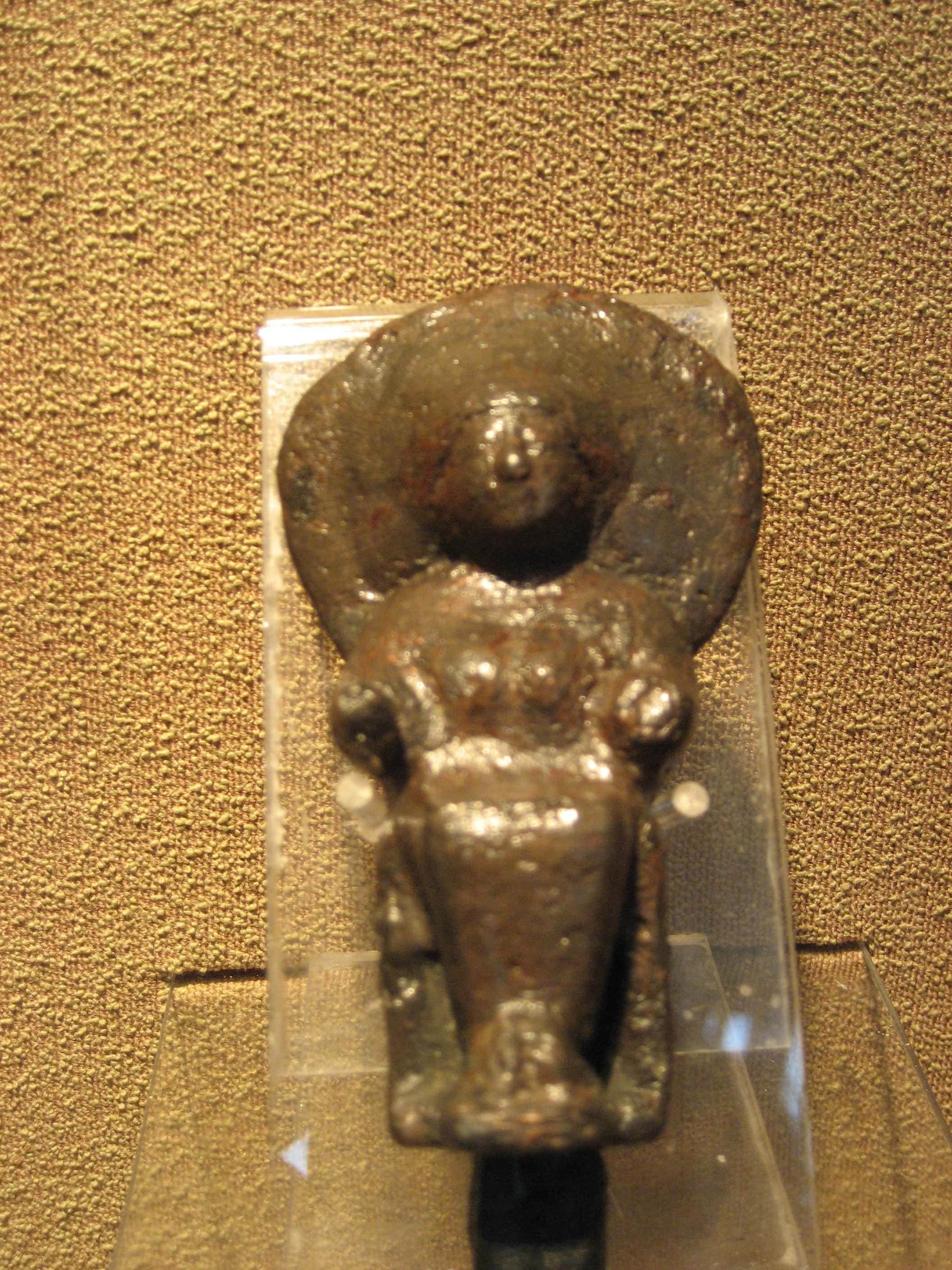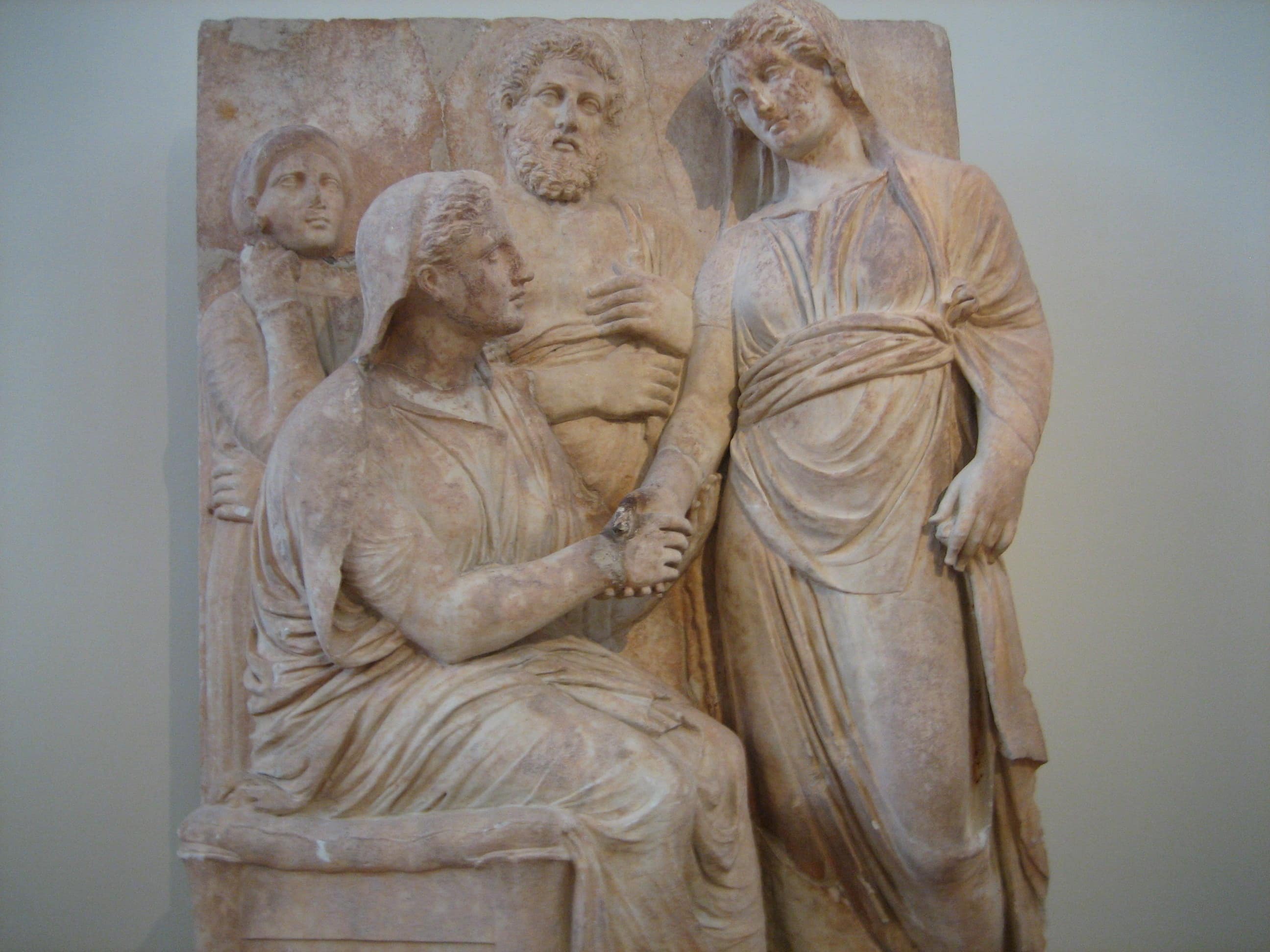Introduction
 |
| Statuette of the Sun Goddess Alacahoyuk 14th-13th century BC |
This is the introduction to a series of articles about women in the time period and geographical area that is traditionally ascribed to the Trojan War—that is western Anatolia (modern Turkey) in the Late Bronze Age and the Mycenaean kingdoms on the Greek mainland from which the invading army came. In the first piece I’ll look generally at women’s status and “jobs.” The second article will focus on the “top job” of queen, and the third on the particular “job” I’ve given Briseis in my novel, that of healing priestess—in Hittite hasawa. A fourth article will discuss Hittite marriage and what it reveals about women’s place in society. And a short addendum in part V will look at pronouncements about women in Hittite mythology. (If you’re not sure why I’m mentioning Hittites when discussing Troy, read Profile of Troy: the Hittite-Trojan Connection.)
When I started writing the story of Briseis, Achilles’s captive in the Iliad, I assumed that if I wanted to make her powerful, educated, and knowledgeable in the healing arts, I would have to make her a maverick in her time period, which I wasn’t particularly comfortable doing since I have a sturdy respect for historical facts. Fortunately, the evidence coming from the Hittite cuneiform libraries and Mycenaean Linear B tablets and other sources has gradually revealed powerful, educated, property-owning upper class women. So, if you have that falsely linear view of history—that somehow we are “progressing” toward greater human rights over time—welcome to the cyclical, “bumps and backtracks” way of seeing history. Given how many good ideas have been cast aside and forgotten over the course of time, reading history and rediscovering the lost bits are tremendously important. Both Hittite and Mycenaean women turn out to have had access to a wide array of occupations and shared in the political and legal power and protections of their day in ways that appear to be much less true of their classical Greek counterparts several centuries later, not to mention medieval and Victorian women of the “modern” age.
 |
| Marble relief of a Greek man and wife from the Athens National Museum |
Trying to tease out “women’s history” from the male half of human history is a troublesome project. It’s probably best to see the context and interrelationships rather than setting up a false opposition between men and women. Through this process we can get a sense of what life might have been like for women. As much as possible, that’s how I’ve tried to think and research as I prepared these articles.
***
Judith's guest post, Profile of Troy, appeared here two weeks ago, and she has kindly agreed to continue the discussion with this and several more posts. Judith, you will recall, is a novelist and book reviewer who sets her historical fiction and mysteries in the period of the Trojan War and the Hittite Empire. She blogs on these and other topics, as well as reviewing books, here. She can also be found on Twitter and on Facebook. Thank you, Judith, for this fascinating history.
 |
| Judith Starkston |
1 comment:
I'm always amazed at our modern attitudes toward our foremothers. Women's fortunes have risen and fallen through time, but they've always had a lot more personal and public power than we've given them credit for.
Post a Comment